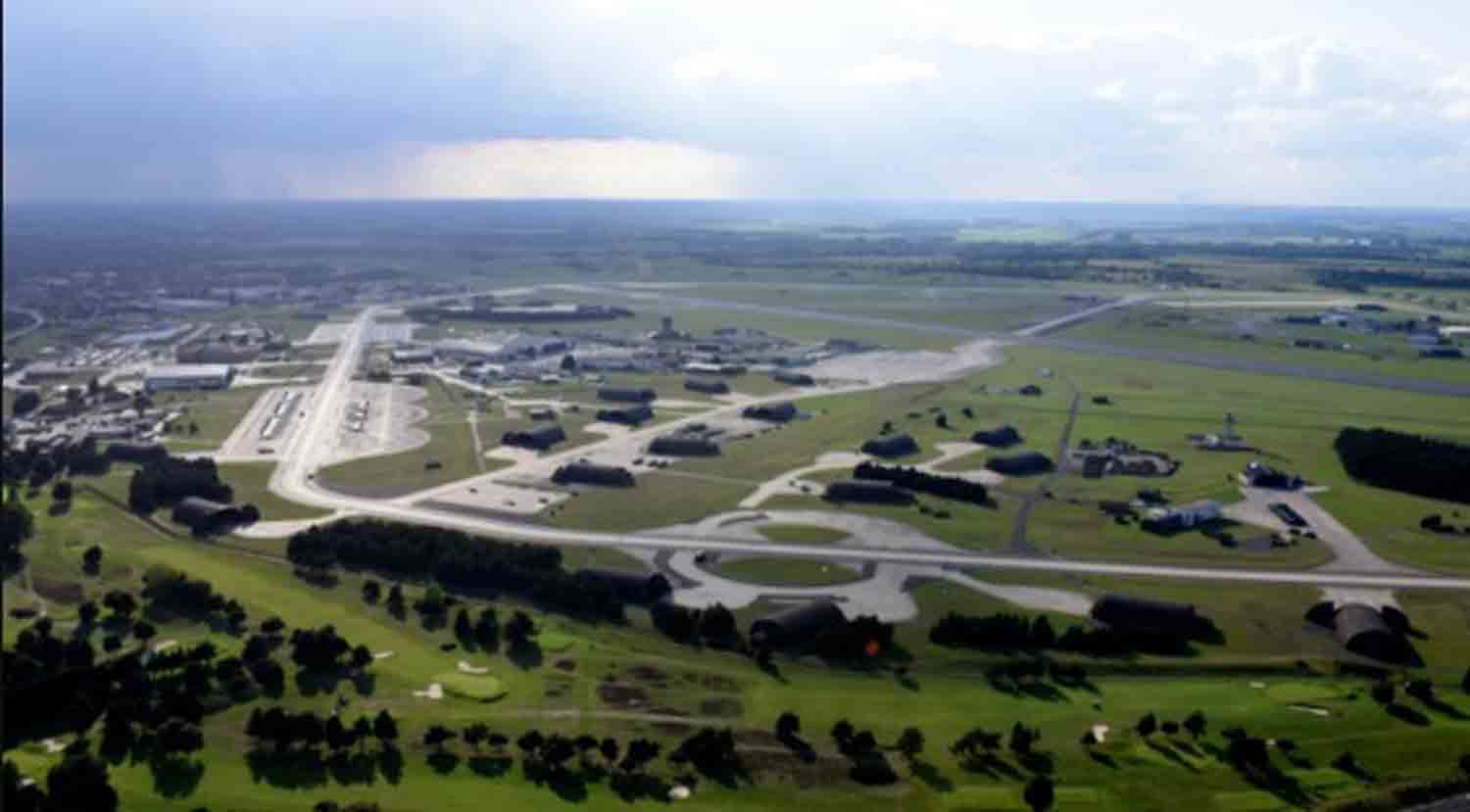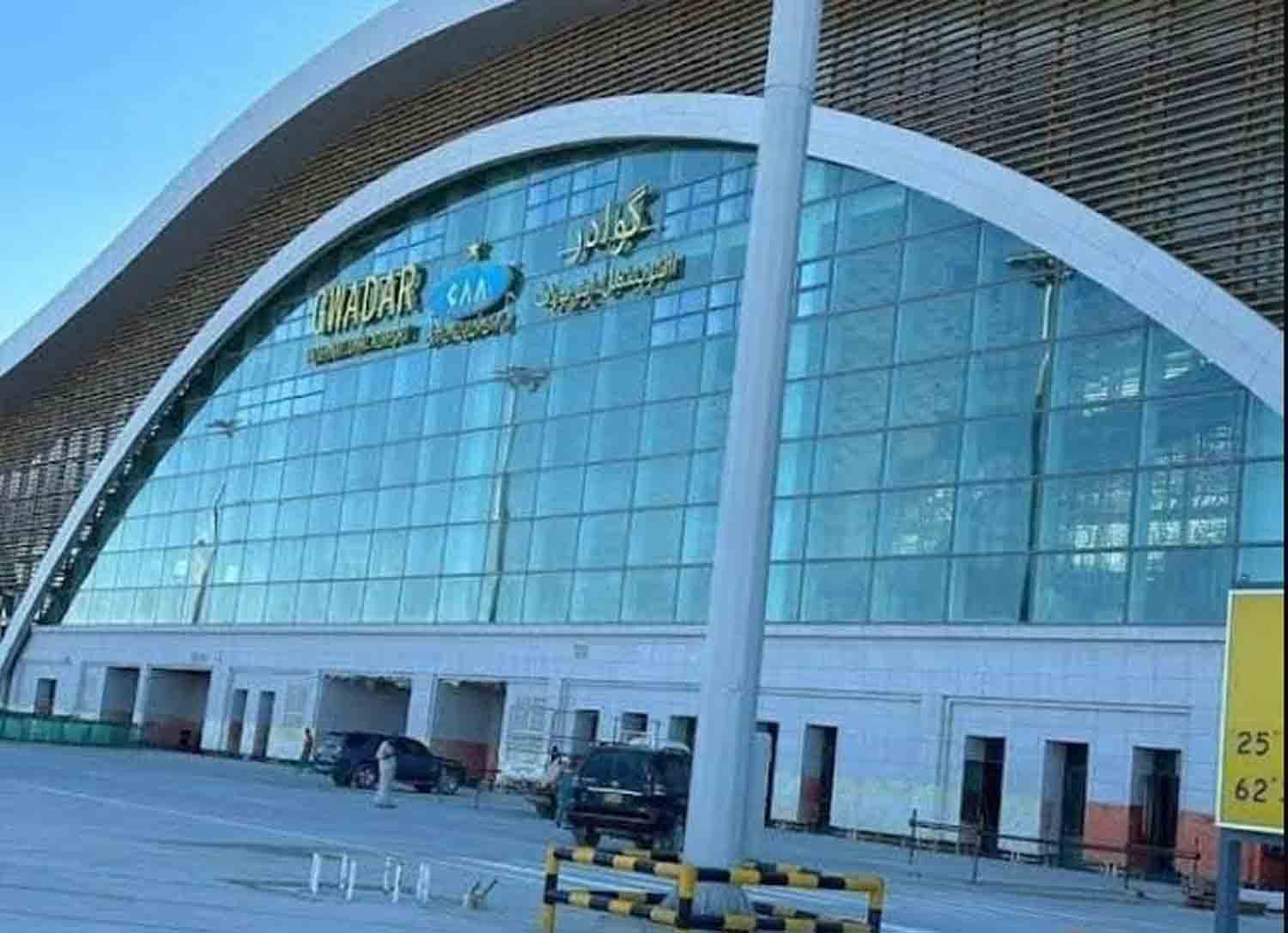Multiple unidentified drones were spotted near three significant UK airbases, including RAF Lakenheath, which previously housed American nuclear weapons during the Cold War, as confirmed by the US Air Force (USAF).
A representative from the USAF’s European Command reported that small unmanned aerial vehicles were detected between November 20 and 22 over RAF Lakenheath and RAF Mildenhall in Suffolk, as well as RAF Feltwell in Norfolk.
The quantity of suspicious drones varied in size and configuration, and it remains uncertain whether they represented a genuine threat, according to military sources.
The Pentagon refrained from commenting on whether any air defense measures were activated against the drones, stating only that they were actively monitoring the situation to ensure that none of the incursions affected base residents or critical infrastructure.
“To safeguard operational security, we do not disclose specific force protection strategies but reserve the right to defend the installation. We continue to oversee our airspace and collaborate with host-nation authorities and mission partners to ensure the safety of base personnel, facilities, and assets,” the spokesperson stated.
The British Ministry of Defense also declined to provide details on the specific security measures implemented against the drones. A spokesperson indicated that the military is taking the threats seriously and upholds “robust measures” at essential defense locations.
RAF Lakenheath was one of three locations in the UK that accommodated US nuclear arms during the Cold War, maintaining a stockpile of 110 American warheads until a reduction in 2008.
Recent media reports indicate that the Pentagon is making preparations for the base to once again store nuclear weapons. The US military has requested $50 million for a new “surety dormitory” at RAF Lakenheath in last year’s budget proposal to Congress, as analyzed by a US think tank and reported by British media. In January, The Telegraph noted that the base is anticipated to house B61-12 bombs, which possess three times the explosive power of those used in Hiroshima, based on procurement contracts for the new facility.
Discover more from Defence Talks | Defense News Hub, Military Updates, Security Insights
Subscribe to get the latest posts sent to your email.





